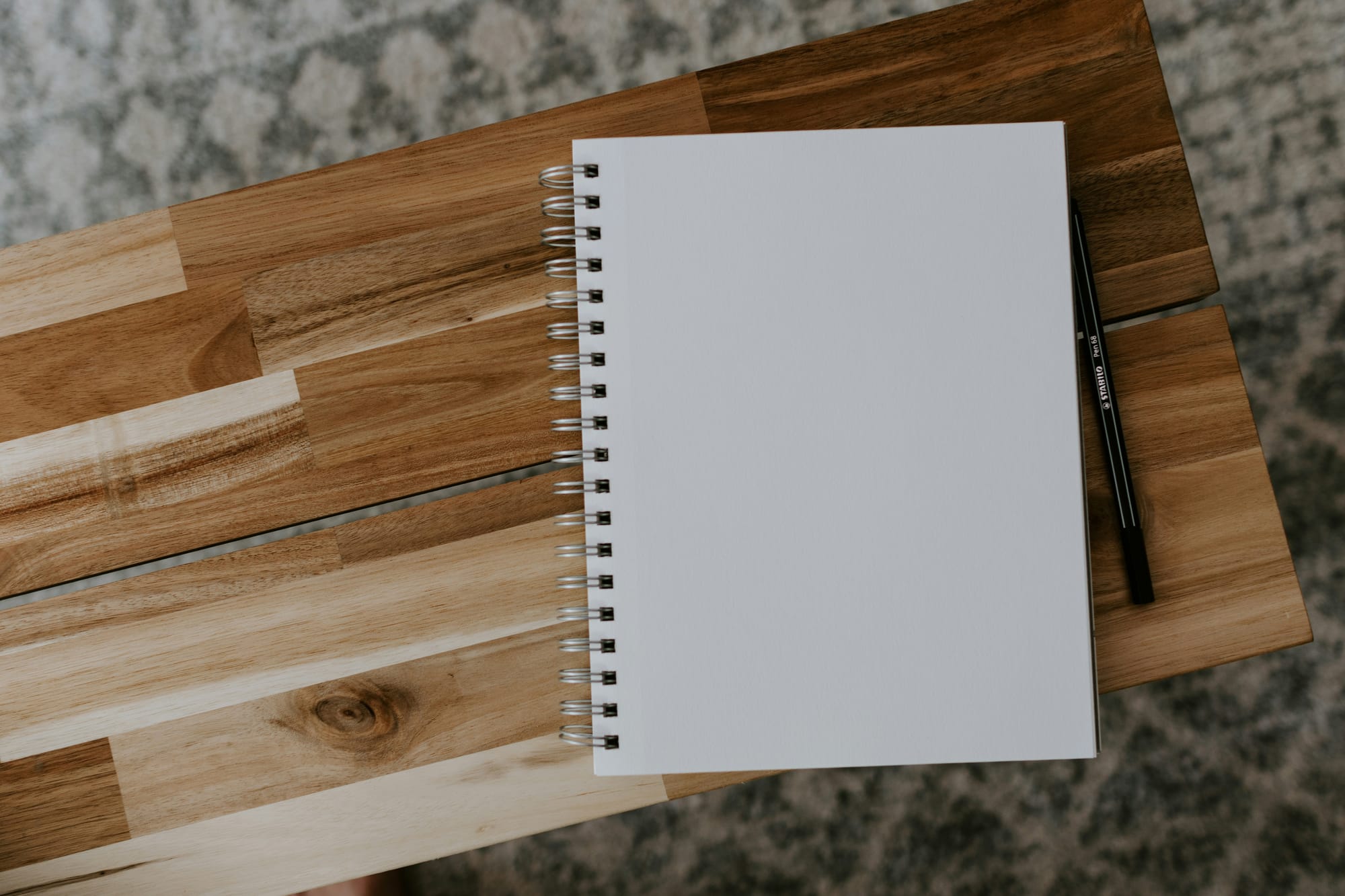Tuning In
Part 1 is available for free!
The next parts will be released over the coming weeks and are available to full members.
If you’d like to continue, please consider subscribing to support the site and access the full guide.
Stepping back to watch your child just 'be' is a powerful way to make new discoveries about them and tune into what they need. You'll notice so much. What they're drawn to, what frustrates them and how their energy changes throughout the day. I do this every time things feel a bit off or I notice something has changed and we need a reset.
There have been plenty of times when I’ve ignored what's right in front of me though. I’ve pushed through with my agenda, even when the energy wasn’t there—usually because I was worried about something, like falling behind, missing something or not doing “enough.”
It never works. Yes, they might pick something up, but not in a way that feels meaningful or makes them want to keep learning.
Uncovering Hidden Insights
To help me avoid that trap, I've found it incredibly useful to regularly step back and tune into what's actually happening. Keeping a few questions in mind during this observation can really help, especially when you’re first starting out. It's amazing what can emerge that isn’t always obvious in the normal day-to-day. Here are some things I like to consider:
- What interests are they gravitating toward right now—even if it doesn’t feel like “learning”?
- What does the natural flow of their day look like? Are there times of day when they have more energy or focus?
- How do they seem to learn best? Hands-on, reading, playing, listening, watching? A balanced mixture of all of these?
- Is there anything they're particularly struggling with right now - a certain skill, their emotions, their sibling?!
- Which environments seem to bring out the best in them - and the worst?
- Do they thrive on routine and enjoy being led, or do they prefer more freedom and are quite happy amusing themselves?
- What needs do you have to keep in mind when planning your time together?
The answers to these can change all the time, it's not a one-time activity. When we work with our kids and where they are - and also keep in mind our own natural highs and lows - it can create a smoother rhythm.
We’re often the biggest obstacle to this. If we hold rigid expectations for the day or week, without working with the child we have in front of us and the natural rhythms of the family, we can risk putting unnecessary pressure on ourselves and feeling irritated and frazzled - I've been there many times and it's never a great place to end up!
Notice & Reflect: The Key to Understanding

It's also really worth noticing your own thoughts that come up as you observe your kids. This is an important part of the process.
Notice when you feel really comfortable about what they're doing versus when you don't. 'They're writing a letter, brilliant!' or 'They've been playing Lego or video games for way too long!' These can be really useful insights and are worth looking into to see if they require a shift in perspective or if something really doesn't feel right.
Notice when you want to impose yourself into what's happening, maybe interfering versus supporting.
Notice how you feel on the slow days that feel like drudgery when not much seems to be working and the energy's way off (these are totally normal by the way - for home ed parents and school teachers alike!)
Notice how much you feel responsible for their uncomfortable feelings. When they're grumpy or bored, how comfortable do you feel about this? How quickly do you try to fix it?
Notice what happens - just for this week - when you don't act on any of these thoughts and worries.
✏️ This week, try stepping back from what you think you "should" be doing and just tune into your child. Be there in the background, just noticing.
Call it 'research week' if it helps, especially if you need to explain to a concerned partner why it looks like you're not doing much!
You might be surprised by some new discoveries.
After you've spent some time doing this for you and your kids, you’ll gather such important insights that will help to guide you on where to go next.
You'll have a clearer picture of how learning might unfold in your home, while also discovering more about your own role and approach. With this clarity, you'll be in a more confident position to create a space that supports the enriching and fulfilled learning that you're hoping for.
You’ve just finished Part 1 of A Learning Environment That Works.
I’m really glad you’re here and I hope you found it helpful. Let me know how you got on at jo@thehomeedhelp.com.
The next parts will be coming out over the coming weeks and will be available to subscribers.
If you feel this could be helpful to you, please consider joining.
And thanks so much for being part of The Home Ed Help - it really means a lot.

